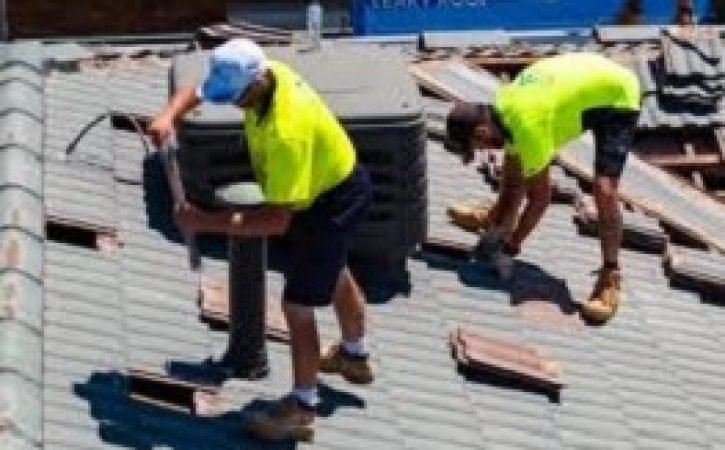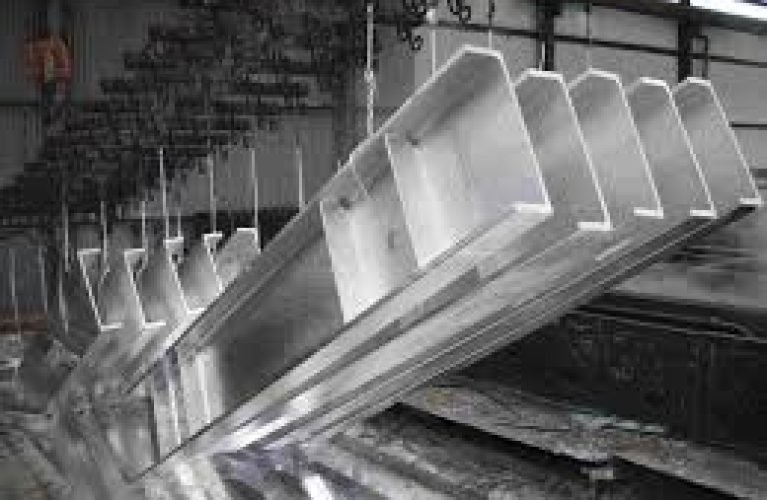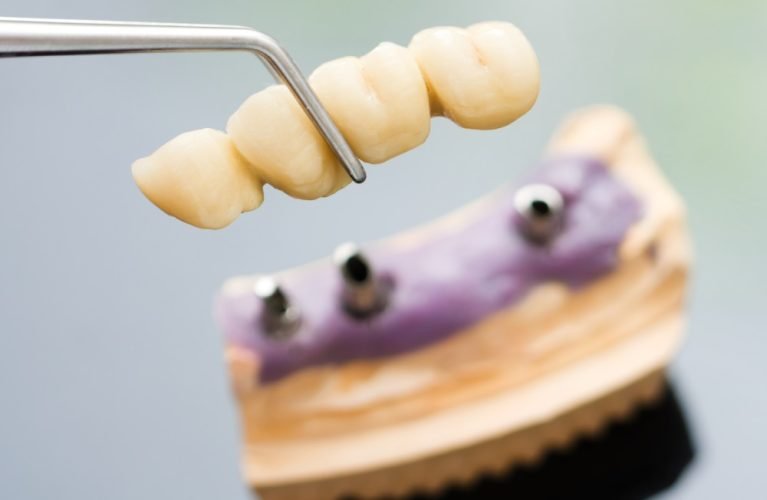
Roof maintenance is a crucial yet often overlooked aspect of property care. While homeowners frequently focus on the more visible elements like cracked tiles or leaking gutters, the finer details such as mortar deterioration can go unnoticed—until it becomes a costly problem. One such vital maintenance task is repointing roof tiles, a specialized service that ensures the longevity and integrity of your tiled roofing system.
In a climate like Canberra’s—where weather extremes are the norm—the mortar holding roof tiles in place can weaken over time. Left unaddressed, this can lead to tile displacement, water ingress, and structural deterioration. In this article, we explore the importance of repointing tile roof structures, when to consider it, and why it should be entrusted to experienced professionals.
What Is Repointing and Why Is It Necessary?
Repointing refers to the process of renewing the external part of mortar joints, particularly where it has become damaged or loose. For tiled roofs, this is a critical step in preserving the roof’s weatherproofing ability and structural soundness. Over time, exposure to wind, rain, sun, and temperature fluctuations causes the cement mortar (also called bedding) to erode or crack.
Repointing roof tiles involves removing the damaged mortar and replacing it with a more flexible and durable compound, often a polymer-based pointing material. This modern approach ensures better adhesion, longer lifespan, and improved resistance to movement caused by settling or strong winds.
Signs Your Roof Needs Repointing
Ignoring early signs of deterioration can lead to more serious and expensive roofing issues. Here are some common indicators that suggest your roof might need professional attention:
-
Cracked or missing mortar between ridge or hip tiles
-
Loose tiles or tiles that appear misaligned
-
Water seepage during or after rainfall
-
Presence of moss or algae in mortar lines
-
Small chunks of mortar found in gutters or downpipes
If any of these symptoms are present, it’s a strong sign that repointing tile roof elements is necessary. Proactive maintenance can save you thousands in repair costs by preventing water damage and tile dislodgement.
Benefits of Repointing Roof Tiles in Canberra
For Canberra homeowners, the advantages of professional repointing extend far beyond aesthetics. Here’s why it should be on your maintenance radar:
-
Improved Weather Resistance: Canberra’s hot summers and cold winters place significant strain on roofing materials. Fresh pointing seals joints against moisture, reducing the risk of internal leaks.
-
Structural Stability: Secure mortar keeps ridge and hip tiles in place during high winds and storms.
-
Extended Roof Lifespan: Regular maintenance like repointing roof tiles delays the need for more extensive and costly roof replacements.
-
Enhanced Property Value: A well-maintained roof boosts curb appeal and market value, especially important when selling a home.
-
Cost-Efficiency: Repointing is far less expensive than repairing major structural damage resulting from water ingress or collapsed tile sections.
Understanding the Repointing Tile Roof Process
Repointing is a precise task that requires careful execution to ensure long-lasting results. A typical repointing tile roof process includes:
-
Inspection and Assessment: A thorough roof inspection identifies loose mortar, tile movement, and potential leaks.
-
Tile Removal if Required: In some cases, tiles may be temporarily removed to access bedding.
-
Old Mortar Removal: Cracked or weathered mortar is removed without damaging the tiles.
-
Application of New Pointing: A flexible pointing compound is applied and shaped to reinforce joints and resist cracking.
-
Final Inspection: Once dried, the roof is examined to ensure all joints are properly sealed and tiles are securely in place.
Professional contractors often use specialized tools and compounds that are engineered for Australian conditions, ensuring both strength and flexibility.
Why DIY Repointing Isn’t Recommended
Although DIY tutorials might suggest that repointing is a manageable home project, the reality is quite different. Roofing is a complex system, and poor execution can lead to more harm than good. Here are a few reasons to leave repointing roof tiles to qualified professionals:
-
Safety Concerns: Working on a pitched roof involves significant fall risk.
-
Incorrect Materials: Using standard cement instead of a flexible compound can cause cracks due to expansion and contraction.
-
Lack of Experience: Inadequate technique can lead to improper bonding and water ingress.
-
No Warranty: Professional services typically come with workmanship warranties that protect your investment.
By hiring experienced roofers, you ensure the job is done safely, efficiently, and with high-quality materials that last.
When Is the Best Time for Repointing Tile Roof Work?
Timing plays an important role in achieving optimal results. The best time to schedule repointing tile roof work in Canberra is during the dry seasons—typically in late spring or early autumn. Dry conditions allow the pointing compound to cure properly, ensuring maximum durability and adhesion.
Avoiding rainy periods reduces the risk of moisture entering the roof cavity during the repair process. That said, urgent repairs should never be delayed due to seasonality—if water intrusion or safety concerns are present, immediate action is always best.
Combining Repointing with Other Roof Services
Smart homeowners often bundle repointing roof tiles with other roof maintenance services to maximize value and efficiency. Some commonly paired services include:
-
Roof cleaning: Removing moss and debris before repointing ensures a clean bond and better visual results.
-
Roof inspections: Identifying other potential issues like cracked tiles, flashing damage, or gutter blockages.
-
Roof painting: Repainting after repointing enhances aesthetic appeal and surface protection.
Bundled services are more cost-effective than separate bookings and minimize disruption to your daily routine.
Choosing the Right Roofing Contractor
Selecting a skilled contractor for repointing roof tiles is essential to the project’s success. Here are a few things to consider:
-
Experience and Specialization: Choose a contractor with proven experience in tiled roofing systems.
-
Licensing and Insurance: Ensure they are licensed and carry insurance for both workers and property damage.
-
Customer Reviews: Look for testimonials or reviews to gauge satisfaction and service quality.
-
Transparent Quotes: A professional roofer will provide a detailed, obligation-free quote with no hidden costs.
-
Warranty Assurance: Reputable companies stand by their work and offer warranties on materials and labor.
A trusted roofing partner not only delivers quality workmanship but also offers valuable advice tailored to your home’s specific needs.
The Long-Term Impact of Proper Repointing
Think of repointing tile roof maintenance as an investment rather than an expense. By reinforcing the structural integrity of your roof, you prevent moisture ingress, improve insulation, and reduce the likelihood of emergency repairs down the line.
In the long run, homeowners who stay proactive with tasks like repointing and inspections spend significantly less on repairs and enjoy greater peace of mind. Maintaining your tiled roof in top condition also preserves its visual appeal and aligns with Canberra’s property standards.
Final Thoughts: Protect Your Home with Smart Roofing Care
A well-maintained roof is one of the most valuable assets a homeowner can have. In Canberra’s climate, regular care, including repointing roof tiles, is vital to ensuring a safe, efficient, and long-lasting roof.
Whether you’re preparing your property for sale, responding to signs of wear, or simply staying ahead of maintenance, engaging professionals for repointing tile roof services is a smart, cost-effective decision. With skilled workmanship and quality materials, you can extend the lifespan of your roof, enhance your home’s protection, and maintain its overall value for years to come.










